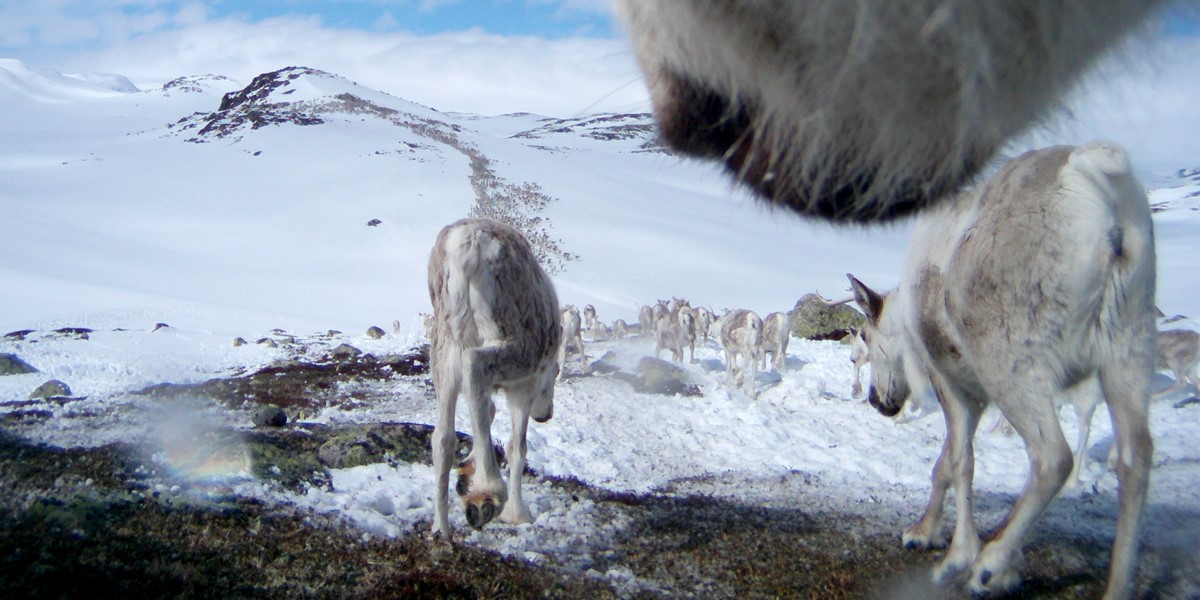
Environmental monitoring
Monitoring of the environment is important to document how essential properties of nature change over time due to natural or anthropogenic influence. NINA monitors several key animal populations and ecosystems, thereby contributing to the knowledge base for more sustainable management of nature.
Environmental monitoring means to repeat observations or measurements of specific characteristics of species, habitats or ecosystems by applying specific standardized methods. Such monitoring may include properties such as population size, life history parameters or the condition of management-relevant species. Monitoring may also include various measures for species composition or ecological functions in important or special ecosystems.
Long-term monitoring of the natural environment can give us a better basis for understanding how nature changes over time. The monitoring will not in itself identify whether the cause of such observed changes may be due to long-term changes in nature, short-term natural disturbances such as storms or fires, or various human activities such as changes in land use, pollution or climate change. Monitoring can, however, show the influences that are probable and provide a basis for more detailed studies of the causes of change.
NINA’s researchers are responsible for the scientific program and much of the implementation of the monitoring of a number of important animal populations, such as large carnivores, deer, arctic fox, seabirds, Atlantic salmon and a variety of endangered species. NINA’s researchers are also responsible for or participating in the monitoring of different terrestrial and aquatic habitats and ecosystems, partly to follow the general development of these ecosystems, but also to determine whether management measures, such as restoration of ecosystems, have had the desired effect .
The results of NINA’s monitoring activities are included in a variety of research projects run by NINA and other institutions, as well as in the knowledge base for the management of species and habitats. Many of the results are also included in Norway’s official reporting on the condition of Norwegian nature and biodiversity to international conventions and agreements.